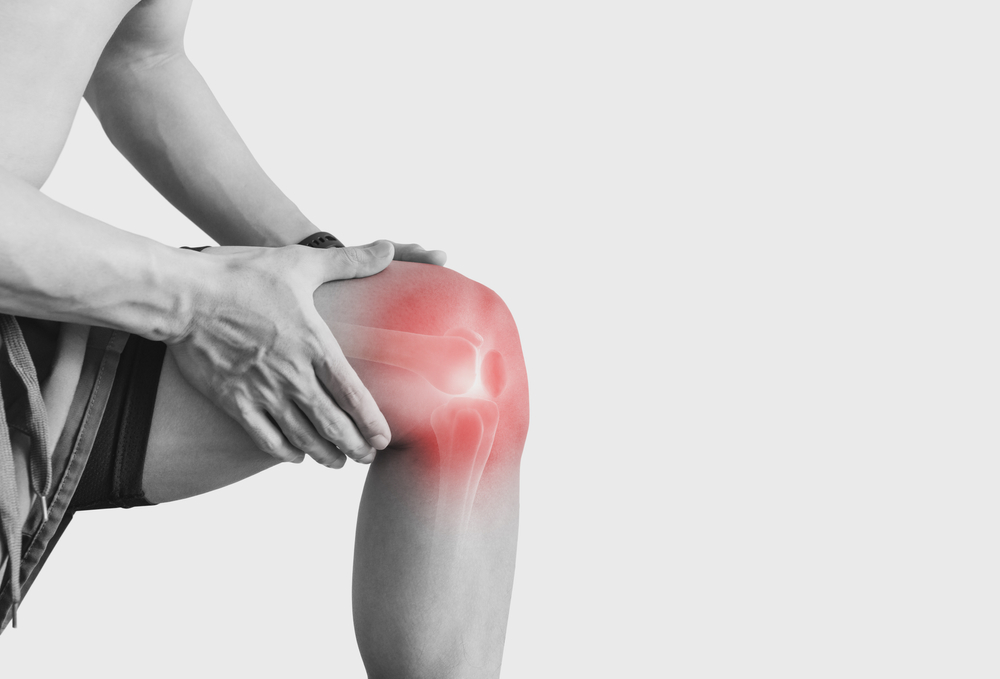Have you ever heard that running puts major wear and tear on your joints? Maybe from your uncle, your active grandparent, concerned parent, or even a healthcare professional? Let’s spend some time talking about misconceptions regarding running and its wear on knee cartilages and joints, or even returning from injury!
Running itself does not directly cause cartilage to wear out in the knee. However, certain factors can increase the risk of cartilage damage or degeneration in the knee, which can ultimately lead to wear and tear on the cartilage. These factors may include:
- Overuse: Engaging in high-impact activities, such as running, on a frequent basis can put added strain on the cartilage in the knee, which may lead to wear and tear over time.
- Poor form: Incorrect running technique can put additional stress on the knee, increasing the risk of cartilage damage.
- Previous injury: If you have a history of knee injuries, you may be at an increased risk of cartilage degeneration.
- Age: As we age, the cartilage in our joints may naturally become thinner and less able to withstand wear and tear.
- Obesity: Being overweight can increase the strain on the joints, including the knee, and may contribute to cartilage wear and tear.
It’s important to maintain good form while running, and to listen to your body and take regular breaks to allow your joints to rest and recover.
In fact, running can help to strengthen the muscles around your joints, which can help to improve stability and reduce the risk of injury. However, it’s important to be mindful of the impact that running can have on your joints, as it is a high-impact activity that can put added strain on them.
If you have any preexisting joint conditions or are at an increased risk of joint injury, it may be best to consult with a healthcare professional before starting a running program. They can help you determine the best course of action for your specific needs and help you develop a plan that is safe and effective for you.
In general, it’s a good idea to incorporate a variety of low-impact activities, such as swimming or cycling, into your fitness routine in addition to running. This can help to reduce the overall impact on your joints and may help to prevent overuse injuries.
Samantha Vargas PT, DPT

